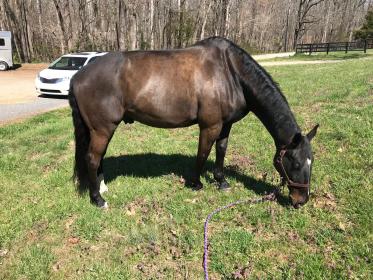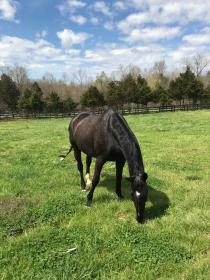My 14 year old Holsteiner gelding has started losing his topline musculature. He gets worked 4x/week, mostly on the flat. He is asked to lift/use his back, but I think the issue is that he’s a VERY quiet sort and would really rather not go forward. He’s happy to kinda plod around. Without really pushing from behind, he’s probably not truly engaging his back.
That said, I wonder if there are other variables at play. He’s turned out all night in a big paddock, so turnout is sufficient. He eats a great diet. His stall is a standard size (not too small for him). I had the saddle fitter come. She did not express concern, but helped me pad the saddle more correctly for his current build. His weight is good (well, maybe a little fat), his coat is shiny, and his feet are good.
We’ve had chiro/body work and every time they say he’s generally fit, balanced, and comfortable. They just said to include hills and backing in our routine (which I do). But still, I’m a little perturbed by this loss of topline. Why is this happening now? Is it a function of age? 14 isn’t really that old. Should I be concerned? What can I do to help strengthen his back?


